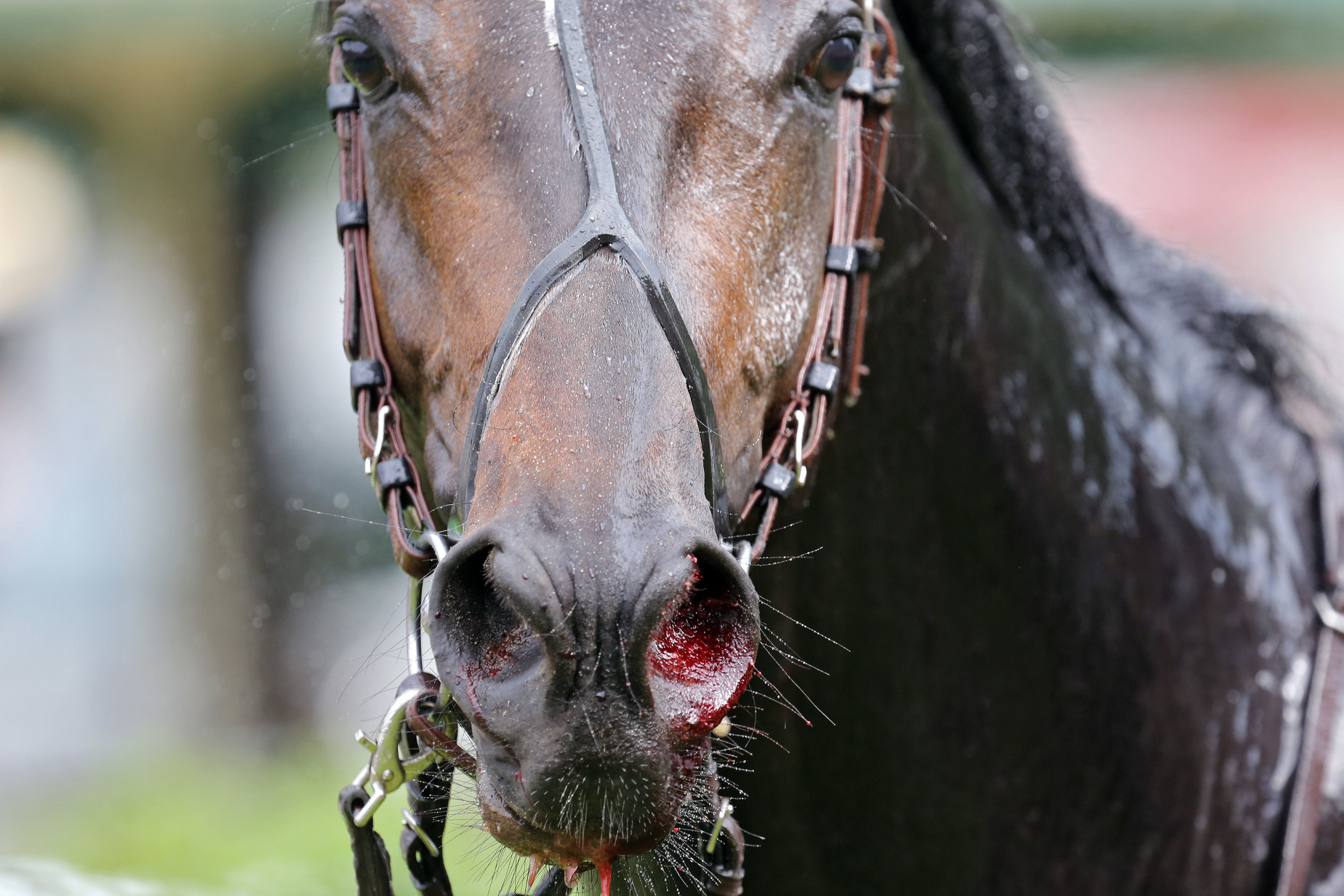Is EIPH beyond the scope of dietary change?
Published in European Trainer - October - December 2017, issue 59.
Click here to order this back issue!
Exercise induced pulmonary haemorrhage has been a concern to trainers for a very long time. The historic record of EIPH in horses such as ‘Bleeding Childers’, a son of the Darley Arabian, a founder of the modern thoroughbred, shows that ‘bleeding’ as it is commonly known is an age-old problem.
The prevalence of EIPH during high intensity exercise, such as racing, is relatively high, but influenced greatly by how it is diagnosed. For example, the prevalence of EIPH is quite low when the appearance of blood from the nostrils (epistaxis) is used as the diagnostic criteria. Unsurprisingly, it is much higher when more rigorous investigative techniques such as endoscopy or bronchioalveolar lavage are used. Additionally, the prevalence increases when horses are repeatedly examined. In clinical terms, it has been suggested that if you look hard enough diagnostically, and often enough, almost all horses will show a degree of EIPH with racing at some time. A large Australian study has also reported that there is a proven heritability or genetic element to this condition.
Notwithstanding this, EIPH presents a major concern for horses in training, as it often leads to loss in training days and may impact on race performance, although this seems to be dependent on the degree or grade of EIPH involved. A period of absence from the racecourse can also be a requirement of some racing jurisdictions, e.g. the British Horseracing Authority in the UK, following epistaxis, where blood is seen visually from one or both nostrils. Public perception is also relevant, especially when the public mood puts racing under tighter scrutiny in terms of animal welfare.
There is also a mood for change with regards to the previously widespread use of pre-race medications such as furosemide (which has been widely used to treat EIPH) in countries such as the USA. The HH Sheikh Mansoor Bin Zayed Al Nahyan Global Arabian Horse Flat Racing Festival had recently announced that its races in the US will be ‘lasix-free’, which has been widely welcomed by trainers worldwide.
In some racing jurisdictions, nasal strips can be used which support the tissues of the nasal cavity helping to keep the upper airway fully open during exercise.





